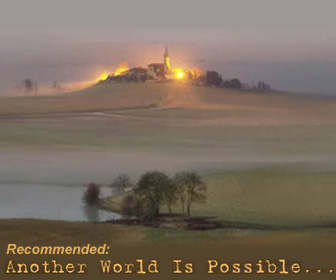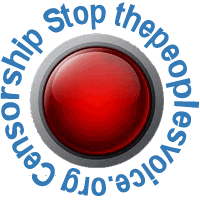| « Robert Kagan’s Mythology of U.S. Exceptionalism | Counting sea gulls » |
The Hardest Lesson
Robert B. Reich

As the banking system collapses, politicians and journalists are ignoring one of the main causes of the crisis: massive inequality.
With the collapse of the banking system, politicians and journalists are looking back at all the warning signs they missed: the sudden popularity of sub-prime loans, the rise of securitized debt instruments, the abject failure of credit-rating agencies. But perhaps instead of proximate causes, we should have paid attention to a much more basic red flag: inequality.
The specific financial machinations that lead to collapse are always different, but inequality at the levels America reached in 2006 (the last year for which we have data) is a reliable sign of danger. The richest 1 percent of Americans last year took home 23 percent of total national income. Back in 1980, the richest 1 percent took home 8 percent of total income. The last time the top 1 percent took home more than 20 percent of total income was in 1928, just before the Great Crash.
I'm not predicting another Depression, but the parallels between what's happening now and what happened 80 years ago are striking. In the 1920s, wealth and income began concentrating at the top for a number of reasons: a huge consolidation of industry that richly rewarded certain investors and executives; the emergence of Wall Street as a driving force in the economy as the nation shifted toward debt financing, generating large gains for financiers; and increasing globalization, putting large sums of money into the hands of those commanding the heights of international commerce.
What was the response of Washington to this increasing concentration of income? President Calvin Coolidge slashed taxes on the highest income earners. At the same time he pursued anti-union policies that reduced the bargaining leverage of blue-collar workers, resulting in lower wages for them. The only way most Americans could maintain their slice of the pie was to go deeper into debt. Between 1913 and 1928, the ratio of private credit to the total national economy nearly doubled.
The mounting debt could not be sustained. The collapse began with the Great Crash but continued for a dozen years. Why? When debt financing was no longer available to them, Americans could no longer buy nearly as much of the goods and services they were creating in factories and offices. The immediate result was mass layoffs, leaving Americans with even less money. The longer-term result was continued economic depression.
Policy-makers have learned a great deal since the Depression. When the economy slumps, the Federal Reserve Board can expand the money supply, thereby lowering interest rates and enabling consumers and businesses to borrow more cheaply. Congress and the president can cut taxes and increase spending, in order to make up for a temporary lull in private demand for goods and services.
But the recent economic turmoil in the wake of the bursting housing and credit bubbles suggests that we may not have learned as much as we thought we had. Most important, we have not absorbed the lesson that widening inequality can threaten the economy. Many economists have come to view efforts to counter widening inequality as potentially harmful to economic growth. At the extreme lie the economics espoused by Ronald Reagan, George W. Bush, and John McCain -- advocating large tax cuts for the rich on the assumption that the rich will use their extra dollars to invest in factories, machines, and inventions, all of which will spur growth. This view ignores two basic facts.
First, capital is global. There are two ways to attract it: make wages so low, regulations so minimal, and taxes so tiny that global capital gets a high return because things can be made so cheaply; or have a work force so productive, an infrastructure so modern, and research so advanced, that global capital gets a high return because things can be made so well. Only the latter strategy will provide a nation's people with a high standard of living, but it requires substantial public investment. And much of that investment -- especially in education, health care, public transit, and public health -- must be aimed at the broad middle class and those below it. This is not simply a matter of fairness. It is a matter of widespread prosperity and growth.
Second, the rich do not spend nearly the same proportion of their incomes as citizens of more modest means. After all, being rich means you already have most of what you want. So a tax cut for the rich will not generate nearly as much demand for goods and services as will a tax cut for average working people. A higher minimum wage and expanded Earned Income Tax Credit will stimulate more spending than benefits aimed at the rich. This is not just an issue of fairness. It is good economics.
The current economic turmoil should instruct us that there is less of a tradeoff between growth and fairness than we might have supposed. Yet of the many lessons the Great Depression taught us, this one seems to be the hardest to learn. We are now paying the price.
-###-
By Robert B. Reich, The American Prospect http://www.prospect.org/cs/articles?article=the_hardest_lesson



